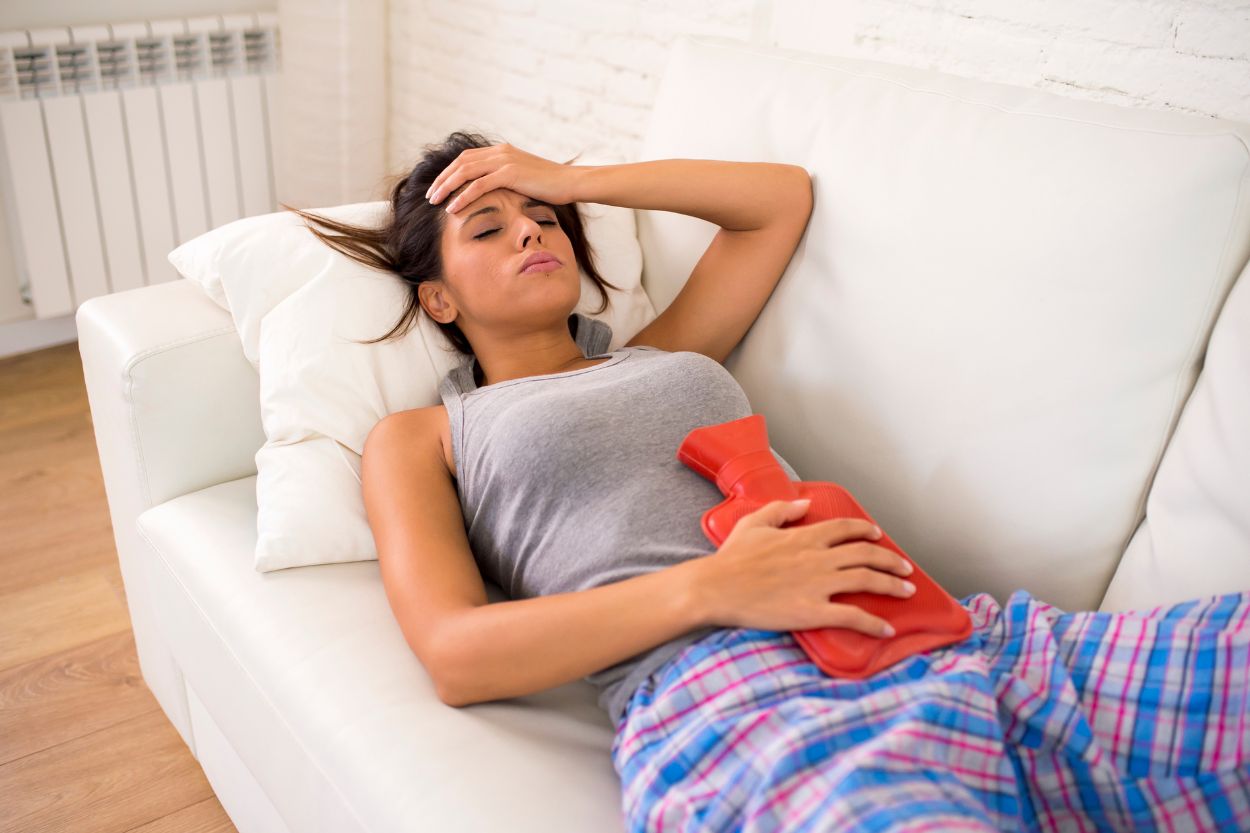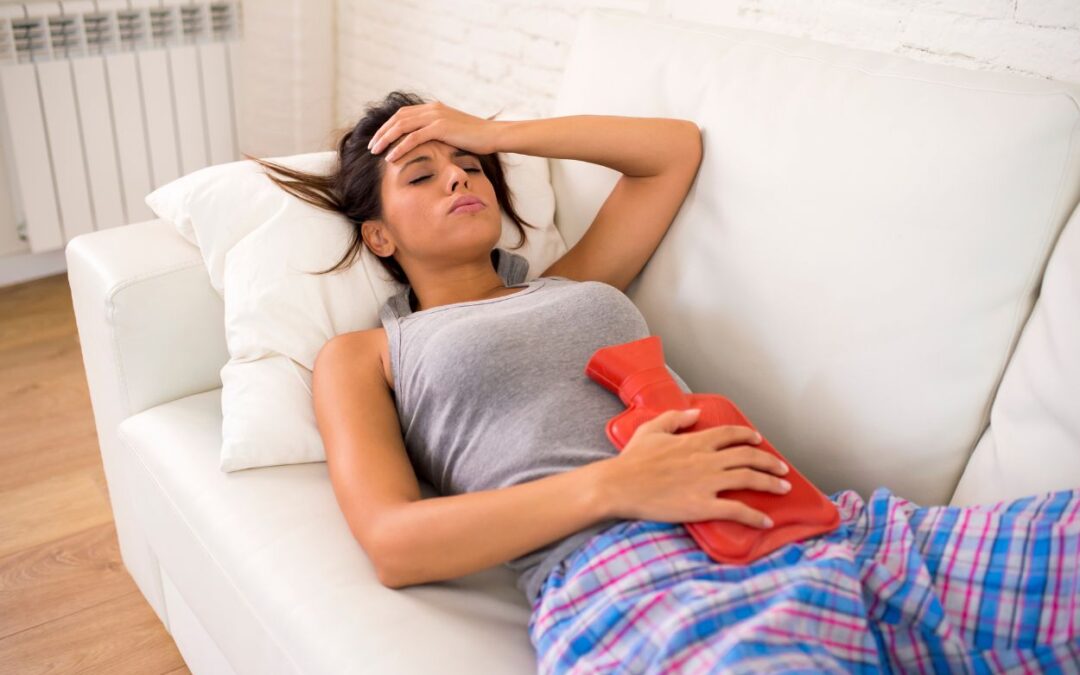
Menstrual migraines stand as a perplexing conundrum for many women, disrupting their daily lives and causing debilitating pain during crucial times of the month.
Defined as migraines that occur in relation to the menstrual cycle, typically within two days prior to menstruation and up to three days into menstruation, they pose unique challenges for both sufferers and healthcare providers. While the exact mechanisms underlying menstrual migraines remain elusive, recent research has shed light on the potential involvement of the brainstem in their pathophysiology, offering promising avenues for physiotherapy interventions.
Understanding Menstrual Migraines
Menstrual migraines represent a subtype of migraine headaches characterised by their temporal association with the menstrual cycle. They often present with typical migraine features, such as throbbing head pain, sensitivity to light and sound, nausea, and in some cases, aura symptoms. The cyclical nature of menstrual migraines suggests a hormonal influence, with fluctuations in oestrogen levels playing a pivotal role in triggering these episodes. However, the precise mechanisms linking hormonal changes to migraine pathogenesis remain incompletely understood.
Implication of the Brainstem
Emerging evidence implicates the brainstem, particularly the periaqueductal gray (PAG) matter, in the modulation of pain perception and the pathophysiology of migraines. The PAG serves as a crucial hub within the descending pain modulation pathway, exerting inhibitory or facilitatory control over pain signals transmitted from the trigeminal nucleus caudalis (TNC) to higher cortical regions. Dysregulation of this pain modulatory system, possibly influenced by hormonal fluctuations during the menstrual cycle, may contribute to the manifestation of menstrual migraines.
Recent neuroimaging studies have provided insights into the structural and functional alterations within the brainstem of individuals with migraines, including changes in gray matter volume, altered connectivity patterns, and aberrant activity within pain-processing regions. These findings highlight the complex interplay between hormonal, neurochemical, and neuroanatomical factors in the pathogenesis of menstrual migraines, underscoring the need for multidimensional treatment approaches.
Physiotherapy Interventions
Physiotherapy offers a holistic approach to managing menstrual migraines by addressing underlying musculoskeletal dysfunctions, promoting relaxation, and enhancing overall well-being. Several physiotherapy modalities have demonstrated efficacy in mitigating migraine symptoms and improving quality of life for affected individuals.
Manual Therapy: Hands-on techniques such as spinal joint mobilisation and soft tissue mobilisation aim to restore normal musculoskeletal alignment and alleviate tension in the cervical and cranial regions. A randomised controlled trial (RCT) by Ferreira et al. (2017) found that spinal mobilisation combined with exercise therapy led to significant reductions in migraine frequency and intensity compared to exercise therapy alone.
Biofeedback: Biofeedback training enables individuals to gain voluntary control over physiological processes, such as muscle tension and heart rate variability, through real-time monitoring of biofeedback signals. A systematic review by Chiarotto et al. (2019) reported that biofeedback interventions were effective in reducing migraine frequency and intensity, with improvements sustained over time.
In conclusion, menstrual migraines represent a complex interplay of hormonal, neurobiological, and psychosocial factors, with emerging evidence implicating the brainstem in their pathophysiology.
Physiotherapy interventions, including manual therapy and biofeedback, offer promising avenues for the management of menstrual migraines by addressing musculoskeletal dysfunctions and modulating pain perception.
Come visit us at Sydney Headache & Migraine Clinic for a detailed review with our specialist headache clinicians.
Further research is warranted to elucidate the underlying mechanisms and optimise treatment strategies for this debilitating condition.
References:
Chiarotto, G., Ruaro, J. A., Schoenen, J., & Cras, P. (2019). Biofeedback for migraine: A systematic review. Pain Medicine, 20(5), 965-976.
Ferreira, A. F., Teixeira, F. P., Costa, L. O., & Pereira, L. S. (2017). Manual therapy combined with physical therapy versus physical therapy alone in the treatment of tension-type headache: A randomized clinical trial. Journal of Manual & Manipulative Therapy, 25(1), 21-28.
Written by:








